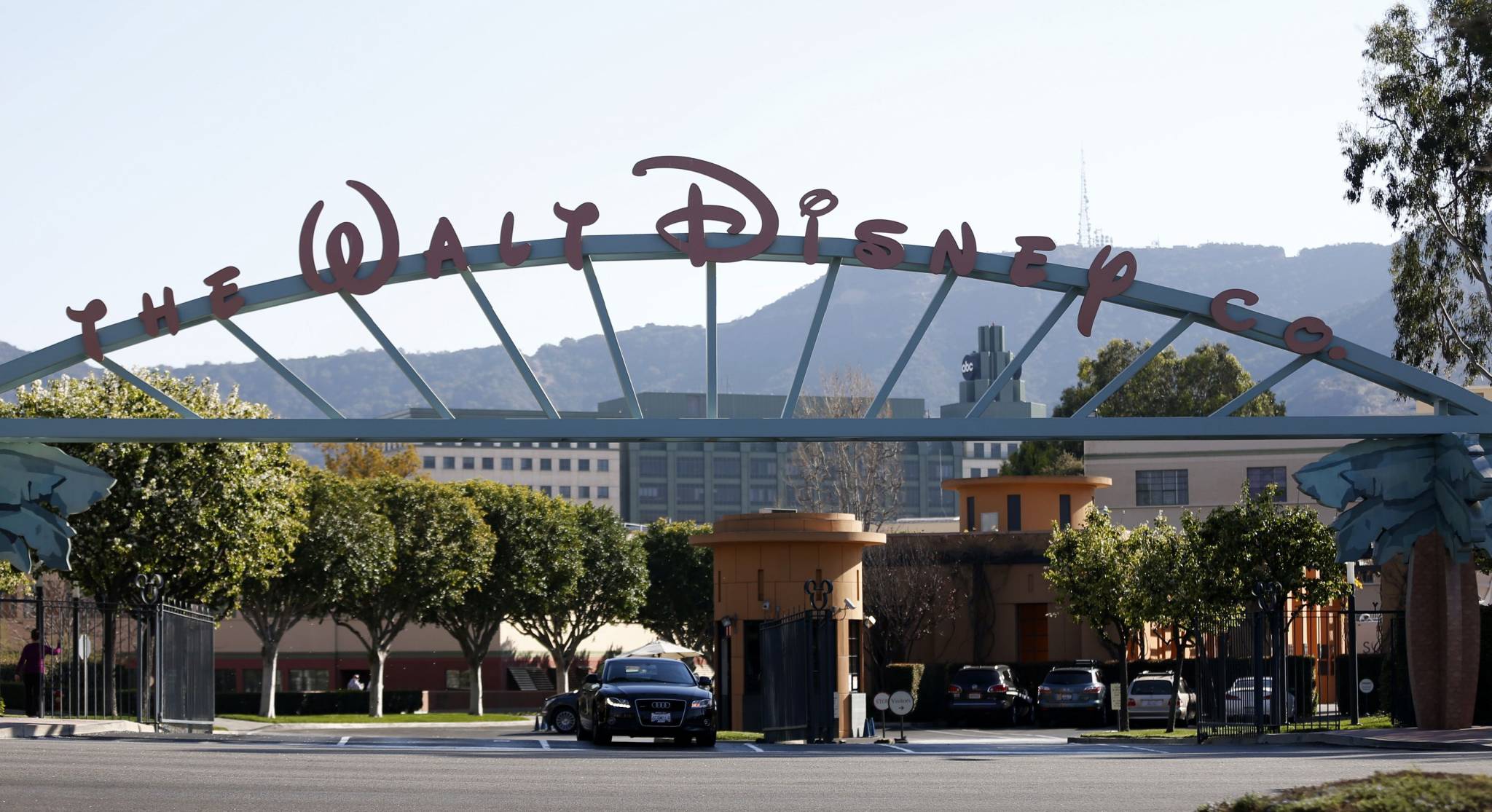by Eric Winograd, AllianceBernstein
With markets reeling from concerns over the coronavirus and plummeting oil prices, the US Federal Reserve took another step Monday to shore up markets. The Fed has more in its toolbox, but fiscal policy may also be needed to fill a gap in the US economy.
The Course of the Virus Will Matter
On Monday, the Federal Reserve Bank of New York boosted its overnight repurchase market operations from $100 billion to $150 billion. The action followed a 50-basis-point rate cut last week, and we expect more rate cuts ahead as the Fed tries to restore confidence. As we’ve said, the spread of the coronavirus—in addition to exacting a tragic human toll—is hurting economic growth, as preventative measures and behavioral changes create headwinds.
That means economic output is likely to decline for a period of time. Will it last weeks, months or quarters? Much depends on how far and fast the virus spreads, and on the extent that the government and businesses cut back in response. The fuel for a rebound exists…but the virus situation must stabilize first. Lower oil prices and lower interest rates—which should spark a refinancing wave—put money in consumers’ wallets, but it’s hard to envision people opening those wallets until the broader social situation stabilizes.
So, a rebound of some kind is likely, but not imminent.
How Low Is the Fed Willing to Go with Rates?
Faced with these questions, the Fed is moving aggressively to shore up financial markets. We’ve already seen interest-rate and liquidity measures, and we think the Fed will do more—a lot more if needed—to keep markets functional. That includes more rate cuts, certainly no later than the March 18 Fed meeting. The market is pricing the official policy rate at zero right now, and there’s a very good chance that’s accurate.
If short-term rates go to zero and more is needed, we expect the Fed to resume large-scale asset purchases—standard policy in recent years. We’d also anticipate that the Fed will provide forward guidance on how long rates would stay low. One thing we don’t expect is negative official interest rates: the Fed has been explicit that it doesn’t like that option—and would likely consider it only after all other tools have been exhausted.
Of course, the Fed doesn’t directly control longer rates, and the 10-year US Treasury yield recently touched an all-time low of 32 basis points. Could it go negative? It’s not far from that point now, but in related experiences in Europe and Japan, 10-year government bond yields didn’t fully embrace negative territory until policy rates were themselves negative. And the Fed has so far been firm in its opposition to that option.
Fiscal Policy Likely Needed to Plug the Economic Gap
The Fed is doing its part and is poised to intensify its efforts, but the policy solution to a meaningful economic contraction must come from the fiscal, not monetary side. If the contraction is brief enough, large-scale fiscal stimulus may not be needed, since some pent-up demand will flow through the system once things restart.
But if the contraction lasts longer, it will take government fiscal measures to reboot the US economy. And in our view, that means spending, not tax cuts. Tax cuts take time to work their way through the economic system, and in a sudden economic stop, time is of the essence.
Eric Winograd is a Senior Economist at AllianceBernstein (AB).
The views expressed herein do not constitute research, investment advice or trade recommendations and do not necessarily represent the views of all AB portfolio-management teams.
This post was first published at the official blog of AllianceBernstein..















